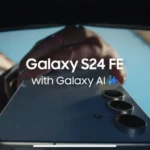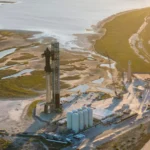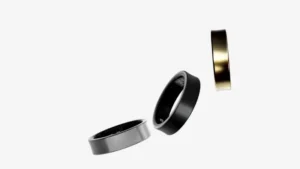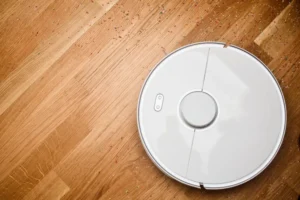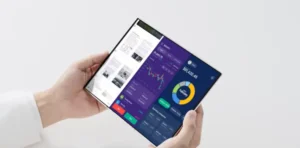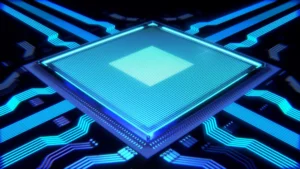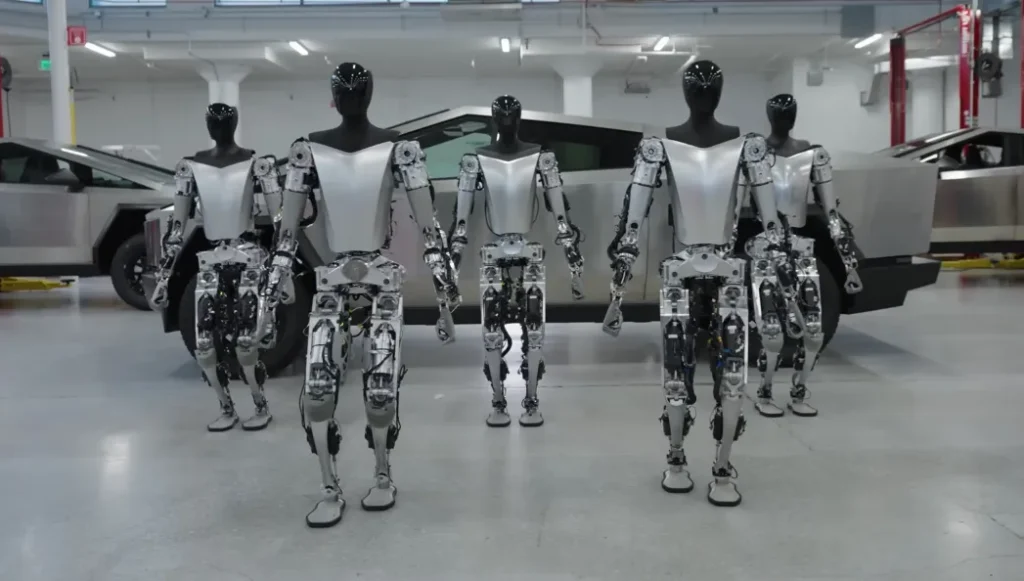
Elon Musk has been teasing his humanoid robot, Optimus, for a while now, and it’s finally starting to look like it’s becoming a reality. Tesla has released a few videos of Optimus prototypes performing simple tasks, and the company has even said that it hopes to start shipping commercial versions of the robot next year.
So, what is Optimus all about? And why is it so exciting?
Optimus is designed to be a general-purpose robot that can be used for a variety of tasks, from manufacturing and logistics to customer service and entertainment. It’s powered by Tesla’s Autopilot software, which means that it can navigate its environment and perform tasks autonomously.
Elon Musk, the visionary behind Tesla’s groundbreaking innovations, has played a pivotal role in bringing Optimus to life. His relentless pursuit of technological advancement has not only transformed the electric vehicle industry but has also extended to ambitious projects like humanoid robots. To learn more about Elon Musk’s journey and how he made Tesla a success, check out our in-depth article on ‘How Elon Musk Made Tesla a Success’.
Optimus is also designed to be lightweight and agile, with a top speed of 5 miles per hour. This makes it ideal for tasks that require a lot of movement, such as picking and packing orders or delivering groceries.
Tesla has said that Optimus will be able to perform a wide range of tasks, including:
- Picking and packing orders
- Delivering groceries
- Cleaning homes
- Assisting with manufacturing and logistics
- Providing customer service
- Even dancing and playing games
Of course, Optimus is still in the early stages of development, so it’s unclear how well it will be able to perform these tasks in the real world. But if Tesla is able to overcome the challenges of developing a humanoid robot, Optimus has the potential to revolutionize many industries.
For example, Optimus could help to automate tasks that are currently done by humans, such as picking and packing orders in warehouses or delivering groceries to customers. This could free up human workers to focus on more complex and creative tasks.
Optimus could also help to improve safety in some industries. For example, robots could be used to perform dangerous tasks, such as inspecting hazardous materials or cleaning up oil spills.
There are also some potential concerns about humanoid robots. For example, some people worry that robots could eventually take over jobs from humans. Others worry that robots could be used for malicious purposes, such as surveillance or warfare.
It’s important to remember that Optimus has a long way to go. So, it’s too early to say what impact it will have on the world. But if Tesla is successful in developing Optimus, it could be a major turning point in the history of robotics.



